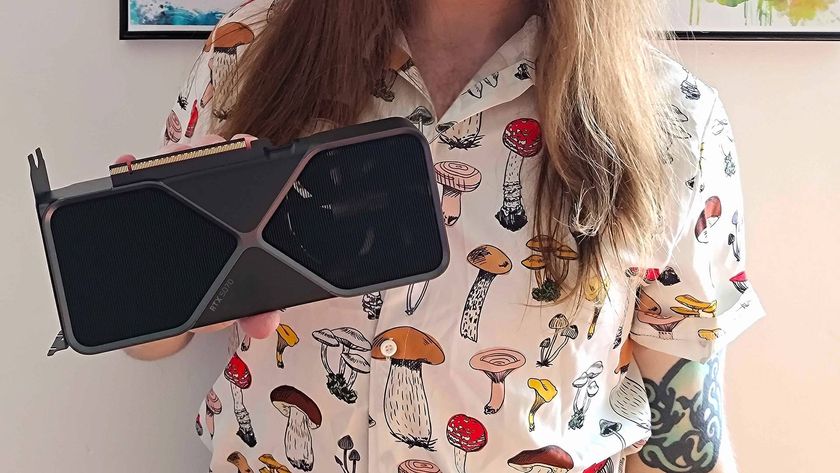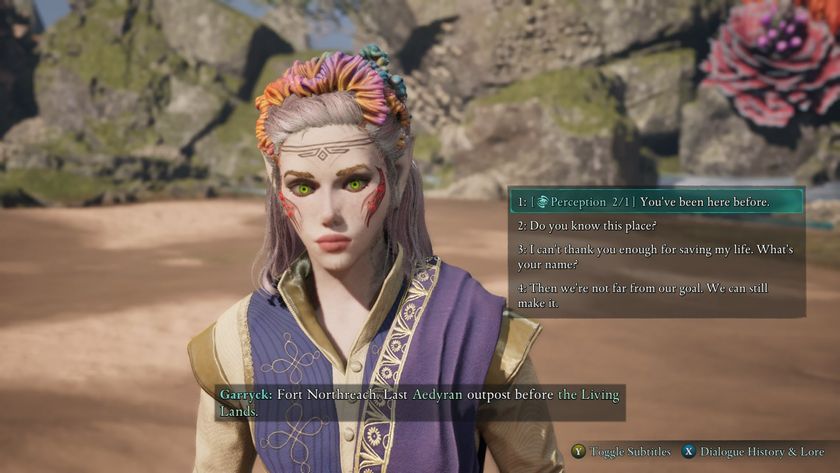How Jordan Peele's Us redefines the zombie genre for a new audience
Jordan Peele’s new horror film Us presents an iconic villain in a new light

For decades, the zombie genre has presented us with our deepest fears in the form of bloodied, decaying, gray-skinned monsters that eat brains. The metaphor and the fear evolves with the times, but the monster mostly stays the same. Every once in a while, though, a filmmaker adapts the genre to fit their vision, forever altering the zombie mythos. This year, Get Out director Jordan Peele took the ideas and visuals of the genre and evolved them into a different kind of horror for a new generation for his horror film Us.
Note: From this point on their are some story spoilers for Us, so make sure you've seen the movie before reading any further.
When we first meet the doppelgänger family, or “the tethered” as they’re called, in Us, zombie isn’t a word that immediately comes to mind. After all, the tethered are not exactly mobs like the mindless, flesh-hungry, feet-dragging ghouls from George A. Romero’s classic films, or even the Olympic-runner-fast infected from Danny Boyle’s 28 Days Later. It isn’t until Lupita Nyong’o’s Adelaide turns on a TV and we see how a large-scale attack by the tethered is unfolding that the similarities between them and the living dead become apparent.

Like Romero’s living dead, we see a faceless mob. Just like most zombies, the tethered can’t speak, and we don’t really know for sure if they can communicate with each other. Outside of making a human chain, they don’t seem to have any personal agency, making them not much more than a mass of relentless killers that grunt a lot and drag their feet. The allegory becomes clearer once we visit their underground complex where the tethered live. Legions of tethered shuffle about, slowly dragging their feet and waving their arms, seemingly at random. Not much more than shadows tied to people they’ve never met, with no free will and no grasp at what life is above ground, you could almost add a few shots of them eating brains and call it a day.

The Us ending left us with a lot of questions, and a fear of scissors
The tethered have more in common with the original depiction of zombies as slaves of voodoo in Haitian folklore. Unlike Romero’s ghouls, which were threatening but mindless monsters with no life or conscience, the tethered aren’t long-dead beings, but people who’ve been purposely put in this position for a reason. After returning the genre to its roots in this way, Peele then goes one step further and twists the concept to reflect his social commentary for a new generation.
After the film’s premiere at SXSW, Peele said he was inspired to write Us because we live in a time where we fear the other, and he wanted to hold a mirror to the audience: “I wanted to suggest that maybe the monster we really need to look at has our face. Maybe the evil is us.” Although zombie movies have changed a lot over the years, one thing that remains the same – besides the general decaying-look – is that the zombies represent an outside threat. By turning his zombies into doppelgängers, Peele turns the genre on its head. The tethered literally look like our ‘heroes’ and they know everything about them.

If you thought fighting a super slow zombie that groans was bad enough, how about fighting someone who looks just like you and knows exactly what you’ll do in any given situation? Someone who’ll come for you, and you alone, and whose only goal is to murder you with shiny, golden scissors? We don’t see the tethered kill anyone other than their own counterparts, at least not directly. When Dahlia attacks Adelaide, she stops short of killing her, as if she isn’t allowed to. It appears that they only go for their doppelgängers, which makes it all the scarier.
Sign up to the SFX Newsletter
Get sneak previews, exclusive competitions and details of special events each month!
Zombies have been around since the beginning of horror cinema, and they are not going anywhere. Every once in a while, a filmmaker comes along that challenges what we think we know about the genre. In that regard, Jordan Peele has given us a new type of zombie threat for the times we live in. A zombie movie that doesn’t look at outside dangers, but inwards.
Find out about the other new horror movies hitting cinemas this year with our breakdown, or watch the video below for the best Netflix horror movies.













